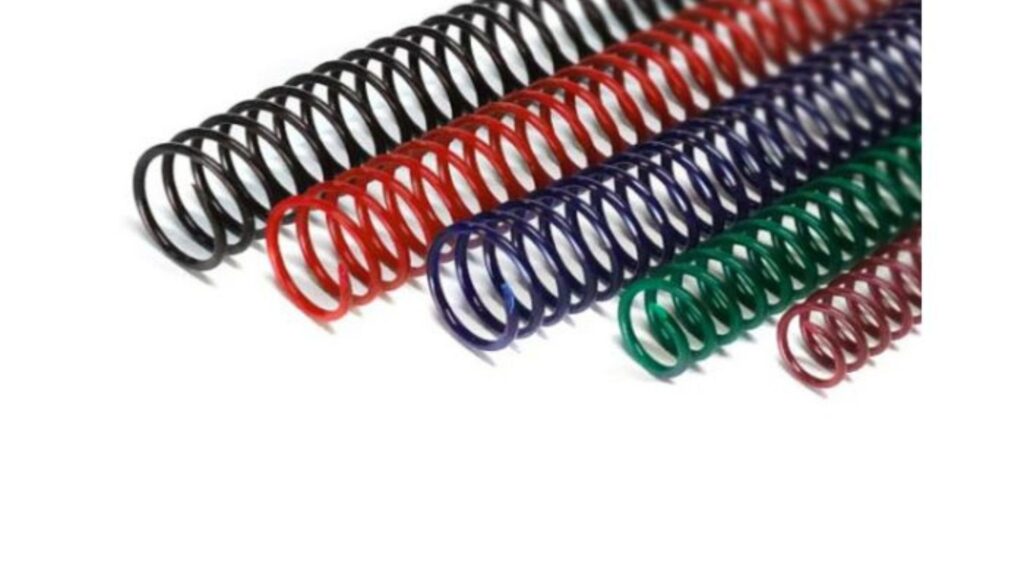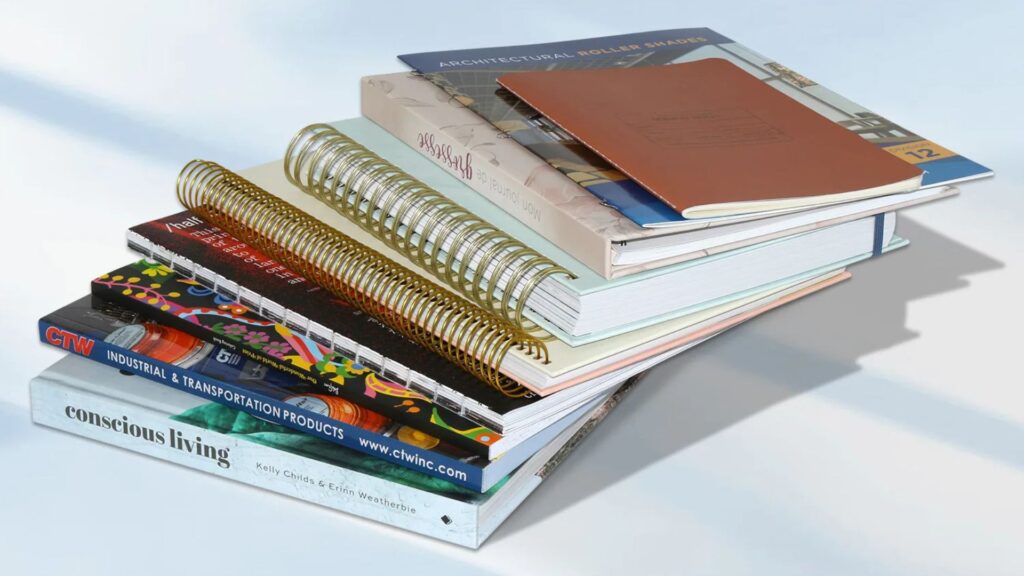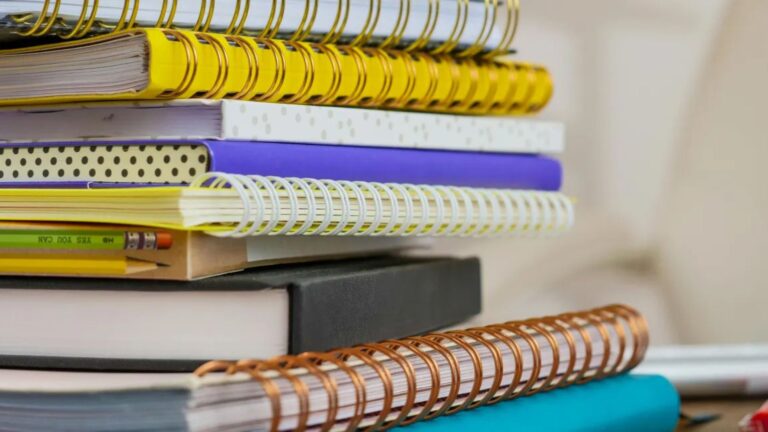
In today’s environmentally conscious world, reducing plastic waste is a top priority. Plastic binding coils, commonly used in offices, schools, and printing services, are durable but non-biodegradable. Over time, they contribute to growing landfill waste and ocean pollution. As the demand for sustainable products rises, more eco-friendly alternatives to plastic binding coils are entering the market. These green options not only help reduce plastic consumption but also support environmentally responsible practices in education and business.

Metal Binding Coils
Metal binding coils, often made of aluminum or steel, are an excellent alternative to plastic. These coils offer the same secure binding while being far more durable and 100% recyclable. Unlike plastic, which degrades over time and releases microplastics, metal coils can be melted down and reused indefinitely. They also provide a professional appearance, making them ideal for business reports and presentations.
Pros:
-
Fully recyclable
-
Long-lasting and strong
-
Sleek, professional finish
Cons:
-
Heavier than plastic
-
Slightly higher cost
Paper Binding Strips
Paper binding strips are a minimalist approach that use recycled paperboard to bind documents together. These are often used with adhesive or stapling mechanisms and are fully biodegradable and compostable. Some versions also allow for customization through printing or stamping, adding a personalized touch to notebooks or reports.
Pros:
-
100% biodegradable
-
Can be made from recycled materials
-
Lightweight and easy to use
Cons:
-
Less durable than plastic or metal
-
Not ideal for large document volumes
Biodegradable Plastic Coils
For those who prefer the flexibility and appearance of traditional plastic coils but want a sustainable alternative, biodegradable plastic coils offer a compromise. These are made from plant-based polymers such as PLA (polylactic acid), which decompose under composting conditions within a few months to years.
Pros:
-
Similar look and feel to standard plastic coils
-
Made from renewable resources
-
Biodegrades under proper conditions
Cons:
-
Requires industrial composting facilities
-
May not be as durable over time
Reusable Binder Clips and Folders
Reusable binder clips, metal fasteners, and document folders provide zero-waste solutions, especially for short-term or frequently updated documents. These can be reused indefinitely and are ideal for those who want to avoid single-use binding altogether.
Pros:
-
Completely reusable
-
No need for special equipment
-
Ideal for frequently edited documents
Cons:
-
Not suitable for permanent binding
-
May not offer a polished appearance
Thread Stitch Binding
Thread stitching, a method traditionally used in bookbinding, involves sewing the pages together with cotton or linen thread. This method is entirely plastic-free and offers a timeless, artisanal look. It is particularly suitable for journals, portfolios, or keepsake documents.
Pros:
-
Fully biodegradable
-
Strong, elegant finish
-
No machines required
Cons:
-
Time-consuming
-
Not practical for large-scale production
Eco-Conscious Binding Machines and Systems
Some companies now offer binding systems that are compatible with eco-friendly supplies. Machines designed to work with metal coils or biodegradable plastics encourage users to shift away from conventional plastic coils without sacrificing efficiency or speed. Investing in such systems supports long-term sustainability in office environments.
Conclusion
Making the switch from plastic binding coils to greener alternatives doesn’t have to be complicated. Whether you prefer recyclable metals, compostable papers, or reusable systems, there’s a sustainable option to fit every document type and professional need. By choosing eco-friendly binding methods, you contribute to reducing waste and promoting a more sustainable future for both the workplace and the planet.







